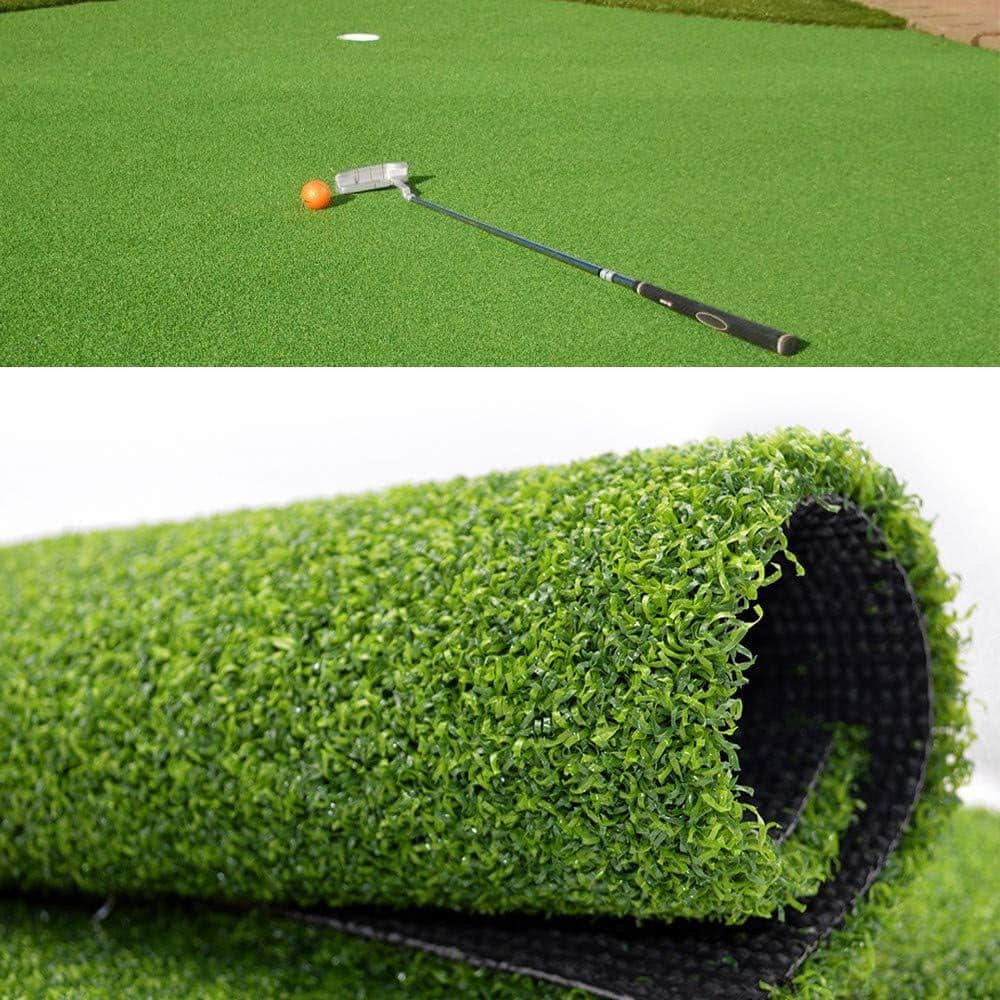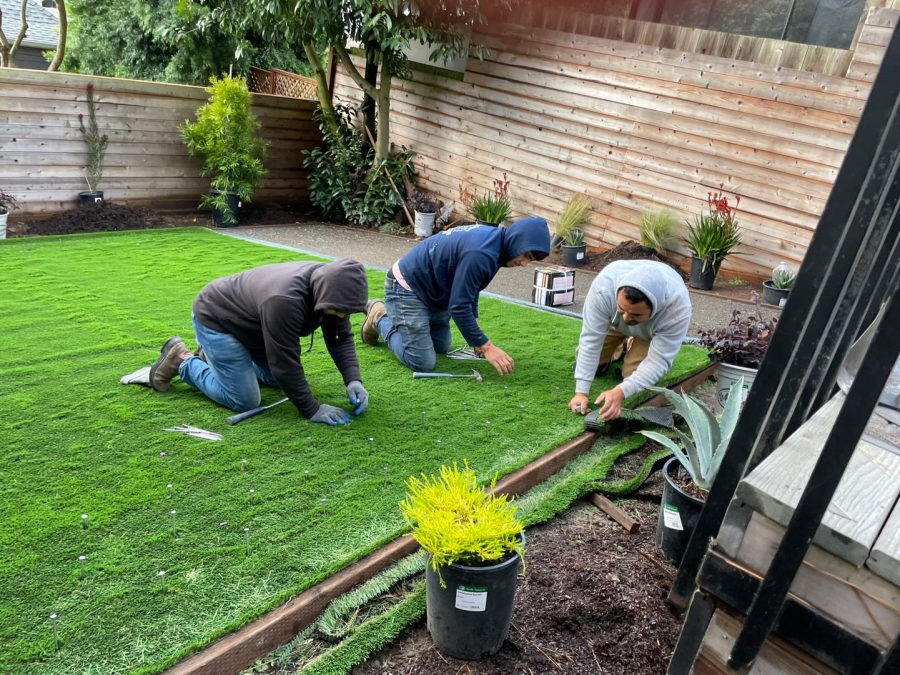Choose the Most Trusted Artificial Turf Companies Phoenix for Your House or Commercial Space
Choose the Most Trusted Artificial Turf Companies Phoenix for Your House or Commercial Space
Blog Article
Explore the Environmental Perks of Opting for Artificial Lawn Solutions
The fostering of synthetic turf remedies provides a compelling chance to deal with pushing ecological obstacles. By dramatically reducing water use and lessening the application of dangerous chemicals, these choices not only advertise lasting landscaping but likewise protect neighborhood ecosystems.
Water Preservation Benefits
One of the most significant benefits of synthetic grass is its capability to save water. In contrast, synthetic lawn does not require watering, significantly lowering the general demand for water sources.
By removing the need for normal watering, artificial turf adds to sustainable landscape methods and helps mitigate the environmental effect of too much water consumption. The preservation of water expands to the decrease of runoff, which can lead to dirt erosion and river air pollution.
In addition, the installment of synthetic grass permits homeowners and municipalities to designate water resources a lot more efficiently, concentrating on necessary uses such as alcohol consumption water and farming. The change in the direction of synthetic grass not only advertises accountable water use but likewise lines up with broader ecological objectives aimed at maintaining natural sources.
As communities significantly focus on sustainability, the water conservation benefits of fabricated lawn offer a compelling instance for its adoption in residential and commercial landscape design projects.
Decreased Chemical Use
The change to synthetic grass dramatically decreases the reliance on chemical treatments typically used in natural grass upkeep. Conventional grass monitoring usually includes the application of plant foods, herbicides, and pesticides to advertise development and control pests. These chemicals can posture threats to human wellness, regional wild animals, and the environment, adding to dirt and water contamination.
In comparison, fabricated lawn eliminates the demand for these hazardous substances. By minimizing the launch of artificial compounds into the environment, fabricated lawn advertises healthier dirt and water systems.
In addition, the absence of chemical drainage connected with synthetic grass setups assists safeguard neighborhood waterways from pollution, supporting water life and maintaining biodiversity. Arizona turf. As areas increasingly prioritize lasting techniques, selecting man-made lawn provides a sensible remedy that straightens with environmental preservation objectives. Through this change, residential property proprietors can take pleasure in lavish green rooms without jeopardizing environmental health, paving the way for an extra lasting future
Reduced Carbon Impact

In addition, the installation of man-made grass can cause substantial water preservation. Natural yards require significant amounts of water for irrigation, which not just contributes to the carbon footprint connected with water removal and therapy yet also pressures local water sources. On the other hand, synthetic grass requires very little maintenance, requiring no watering, thus significantly lowering water usage and its linked energy expenses.
Additionally, the visit the site durability of fabricated turf adds to its reduced carbon effect. With a life-span of approximately 15 years or even more, the demand for regular substitutes is diminished, resulting in much less waste and reduced energy intake in production and dealing with standard yard alternatives. In general, synthetic turf offers a sustainable choice for eco aware landscaping.
Environment Conservation
Environment conservation is an important consideration in the debate over landscaping choices, especially when comparing man-made turf to natural grass. Natural turf yards often need considerable upkeep, including making use of pesticides, herbicides, and fertilizers, which can detrimentally influence regional environments. These chemicals can seep right into the dirt and rivers, hurting native vegetation and animals and interfering with regional environments.
Man-made grass eliminates the demand for hazardous chemicals, consequently safeguarding nearby wild animals and preserving the integrity of surrounding ecological communities. The installation of man-made lawn can lead to the conversion of previous lawn locations right into even more biodiverse landscapes, such as pollinator yards or native plant locations, which can sustain local wild animals.
Ultimately, the change to synthetic lawn not just conserves water and reduces maintenance efforts but additionally promotes a much more harmonious connection in between human activities and the natural atmosphere, promoting environment conservation at the same time.
Long-Term Sustainability
Long-lasting sustainability is a vital consider assessing the benefits of synthetic grass over typical lawn yards. One of the most considerable advantages of synthetic grass is its this article sturdiness; it can last as much as 15-20 years with minimal maintenance, whereas all-natural turf needs frequent reseeding and replacement. This durability decreases the need for constant resources, such as water, plant foods, and chemicals, which are vital for preserving a healthy grass lawn.
Furthermore, synthetic grass adds to a reduction in carbon exhausts connected with grass treatment tools. Conventional yards usually call for gas-powered lawn mowers, leaners, and blowers, all of which add to air pollution. Artificial turf companies phoenix. On the other hand, fabricated turf eliminates the demand for such devices, promoting a cleaner environment
Moreover, the manufacturing of man-made grass progressively makes use of recycled products, enhancing its sustainability account. As makers adopt green techniques, the ecological impact of synthetic grass proceeds to lessen.

Conclusion
The fostering of synthetic grass solutions presents significant environmental benefits, consisting of significant water conservation, minimized dependence on damaging chemicals, and a lower carbon impact. Man-made turf help in protecting all-natural environments by lessening land disturbance and promoting long-term sustainability with the use of durable materials. Jointly, these elements highlight the potential of artificial grass to contribute favorably to environmental health and wellness and provide a visit this site practical alternative to conventional landscaping methods in a progressively resource-conscious world.
In comparison, fabricated grass does not need watering, substantially reducing the total need for water sources. By reducing the launch of artificial compounds into the ecological community, fabricated grass advertises healthier soil and water systems.
Moreover, the installation of man-made grass can result in significant water conservation. In contrast, fabricated grass needs minimal upkeep, calling for no watering, thereby considerably minimizing water use and its connected power costs.

Report this page